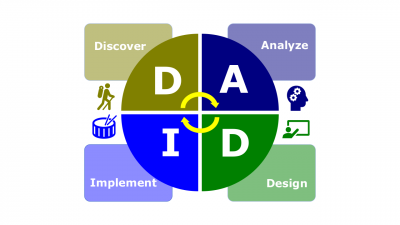Difference between revisions of "Septem Artes Administrativi"
(→Curriculum) |
|||
| Line 3: | Line 3: | ||
==Curriculum== | ==Curriculum== | ||
| − | The ''Course's'' curriculum is built on seven sets of four quarters. Each set is called [[quadrivium]] and designed using [[DADP|the DADP pattern]]: | + | The ''Course's'' curriculum is built on seven sets of four quarters. They are not incremental and can be taken in any order. Each set is called [[quadrivium]] and designed using [[DADP|the DADP pattern]]: |
::{|class="wikitable" width=100% style="text-align:center;" | ::{|class="wikitable" width=100% style="text-align:center;" | ||
|+[[Septem Artes Administrativi]] | |+[[Septem Artes Administrativi]] | ||
Revision as of 11:24, 30 December 2018
Septem Artes Administrativi (hereinafter, the Course) is the course in value-added administration designed by Bracka School and delivered through Bracka Leadership Academy. In Latin, septem artes administrativi is literally seven administrative arts. The name refers to the core of the Latin curricula called septem artes liberalis. The Course combines basic concepts used in business administration, management, and organizational behavior.
Curriculum
The Course's curriculum is built on seven sets of four quarters. They are not incremental and can be taken in any order. Each set is called quadrivium and designed using the DADP pattern:
Materials
- Textual lecture materials on the wiki that would play a role similar to Microsoft PowerPoint, but be more useful because of its hyperlinked texts;
- Audio-visual lecture materials that would be posted at YouTube and use the developed wiki;
- Audio lecture materials that would be available to download or stream online;
- Course assignments and quizzes are to be posted at CNM Courseware.
Adjustments
At the moment, one adjustment project that is being discussed is employment search management adjustments for the Career Network Ministry.
The roadmap for both adjustments is:
- To check whether the Course is ready to be launched;
- To identify a circle of possible stakeholders and, especially, subject matter experts in every application area;
- To narrow, adjust, or increase the scope of concepts for every application area;
- To identify possible lecturers for every topic;
- To launch the adjusted course.
